Road Marking
- 1/13
This marking indicates the right edge of the roadway and is especially helpful on narrow or winding roads. It helps drivers stay safely within the lane, particularly at night or in foggy conditions. Crossing it suggests you may be drifting off the road.

A solid line in the center means overtaking is prohibited. It separates opposing directions of traffic and is commonly found in areas with poor visibility such as bends or hills, where overtaking would be dangerous.
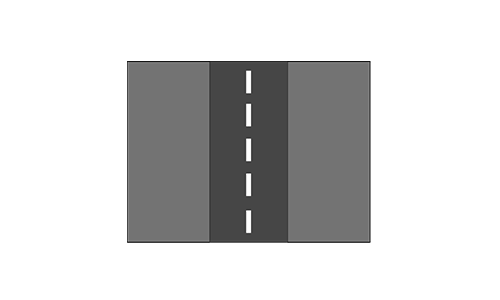
This dashed line in the middle of the road indicates that overtaking is allowed, but only when the way ahead is clear. It separates vehicles moving in opposite directions and requires cautious judgment from drivers.

Dashed white lines divide lanes going in the same direction. They allow vehicles to change lanes when safe, and help manage multi-lane traffic smoothly, especially in urban or highway settings.

These markings alert drivers that a lane is about to end or another lane will merge ahead. They prepare drivers to change lanes early or merge in a safe and orderly manner.
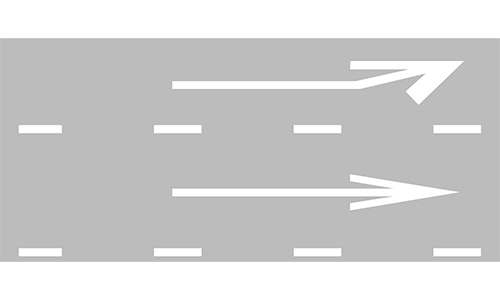
These arrows show which directions are allowed from each lane at intersections. Drivers must follow them strictly to avoid confusion and ensure smooth traffic flow.
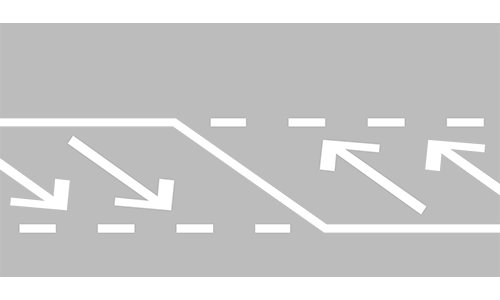
These arrows warn that two lanes will soon merge into one. Drivers are expected to adjust their speed and position to merge safely and avoid disruptions.
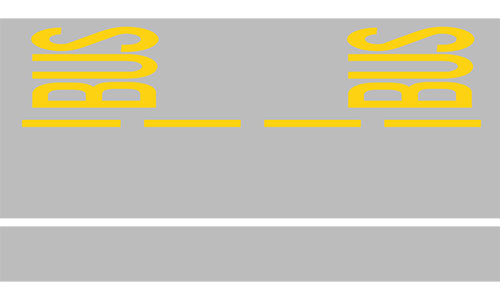
Bus lane markings indicate lanes reserved only for buses or public transport. Unauthorized vehicles are not allowed to use these lanes, which help improve public transport efficiency.

A stop line indicates where vehicles must come to a complete halt at traffic signals or STOP signs. It ensures vehicles stop before entering intersections, improving safety and visibility.
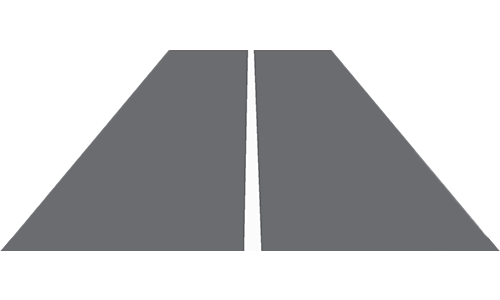
Zebra crossings are marked with white stripes and give priority to pedestrians. Vehicles must yield when pedestrians are crossing or waiting to cross, especially near schools or busy areas.

This line marks the left edge of a one-way street or the left boundary on a divided road. It assists in keeping drivers aligned properly on the road
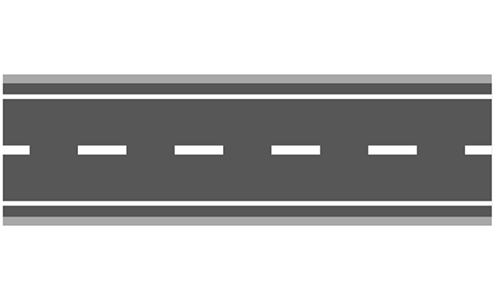
These lines help drivers maintain lane discipline. Dashed lines allow lane changes, while solid lines discourage or prohibit them, depending on the road conditions.
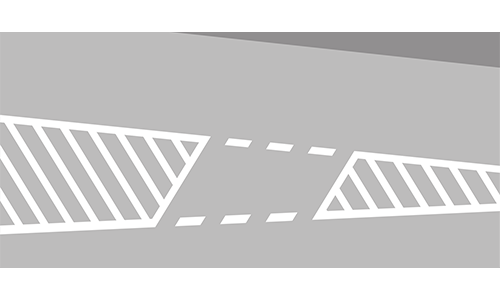
These markings highlight areas that vehicles must not enter, often found at intersections or merges. They help maintain visibility and prevent traffic blockages.
 Pass the Exam Easily with Detailed 3-Level Practice | 1-Day Full Access Free — Offer Ends in
Pass the Exam Easily with Detailed 3-Level Practice | 1-Day Full Access Free — Offer Ends in


